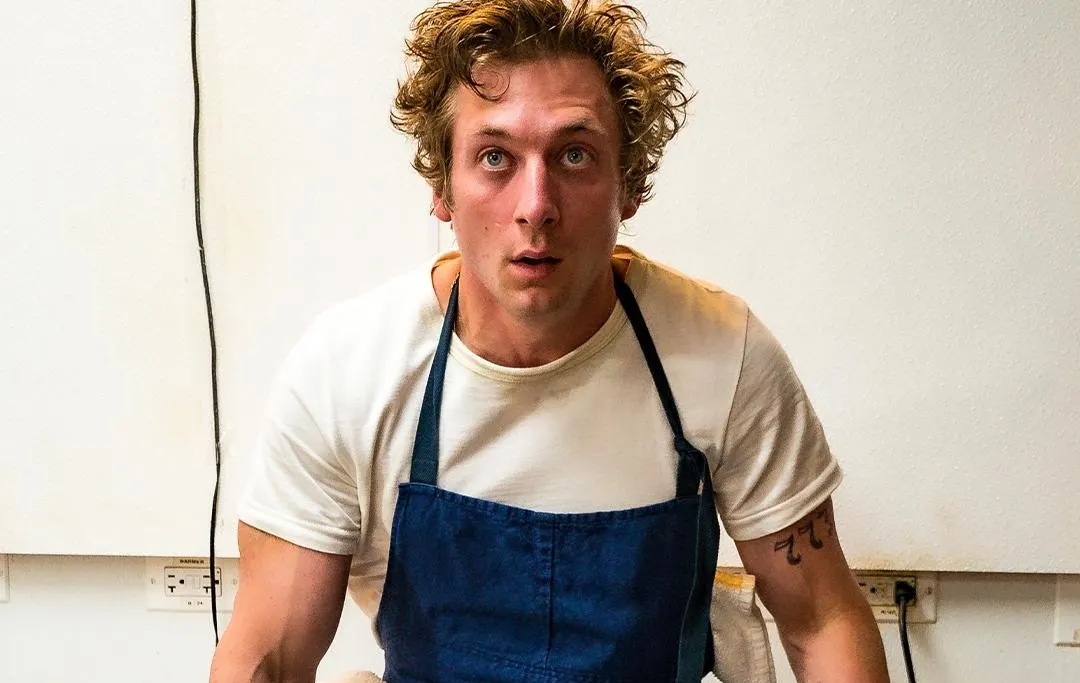CEO’s don’t do group therapy.
This article was featured in Issue 11 of Forbes Australia. Tap here to secure your copy.
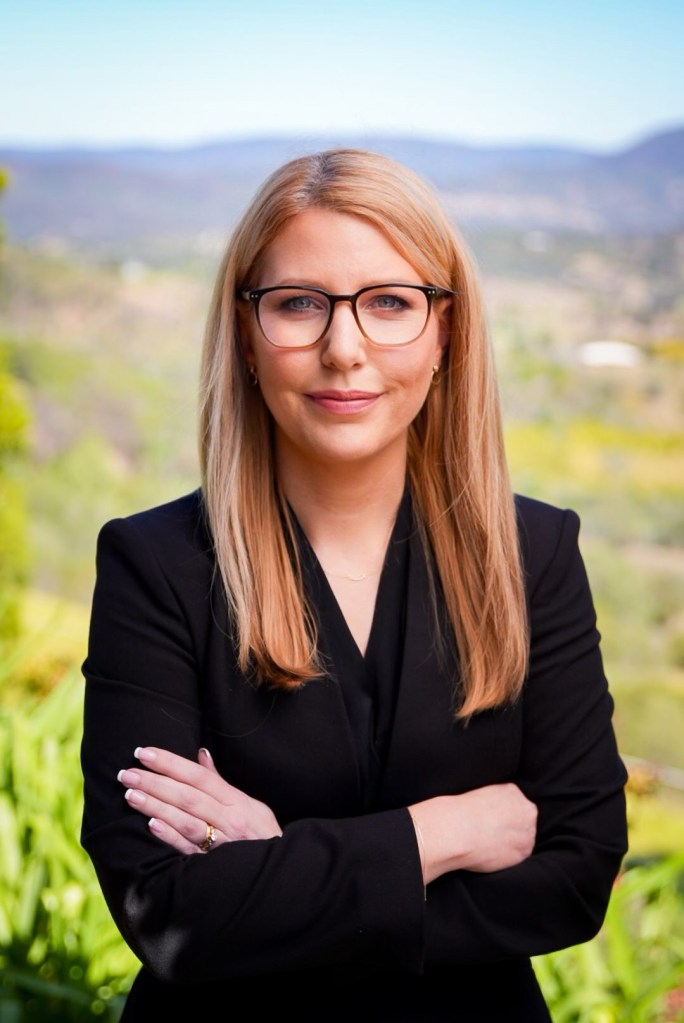
Ruth Limkin sat in a grand, empty house in the rolling green hills northwest of Brisbane, wondering where to start turning the place into a luxury rehab.
She was unfettered by any experience in the industry. And unshackled from the dictates of insurance companies. She’d been a political staffer and a pastor. She’d started charities and a kindergarten, but rehab was new.
“I’m good at knowing what I don’t know,” the now CEO of The Banyans luxury rehab says. “But I’m also good at finding people who do know and getting them to work with me. I started reaching out to different clinicians, doctors, psychologists, clinical nutritionists, and psychiatrists and started talking to them: “Do you want to come and be a part of creating something?”
She learned quickly that the top end of society was crying out for help and that demand for luxury rehabe has only grown. Recent Microsoft research showed that while managers across the globe were 5% more likely to suffer burnout than staff, in Australia, it was worse, with 66% of managers compared to 52% of staff reporting mental exhaustion. This has created an opportunity.
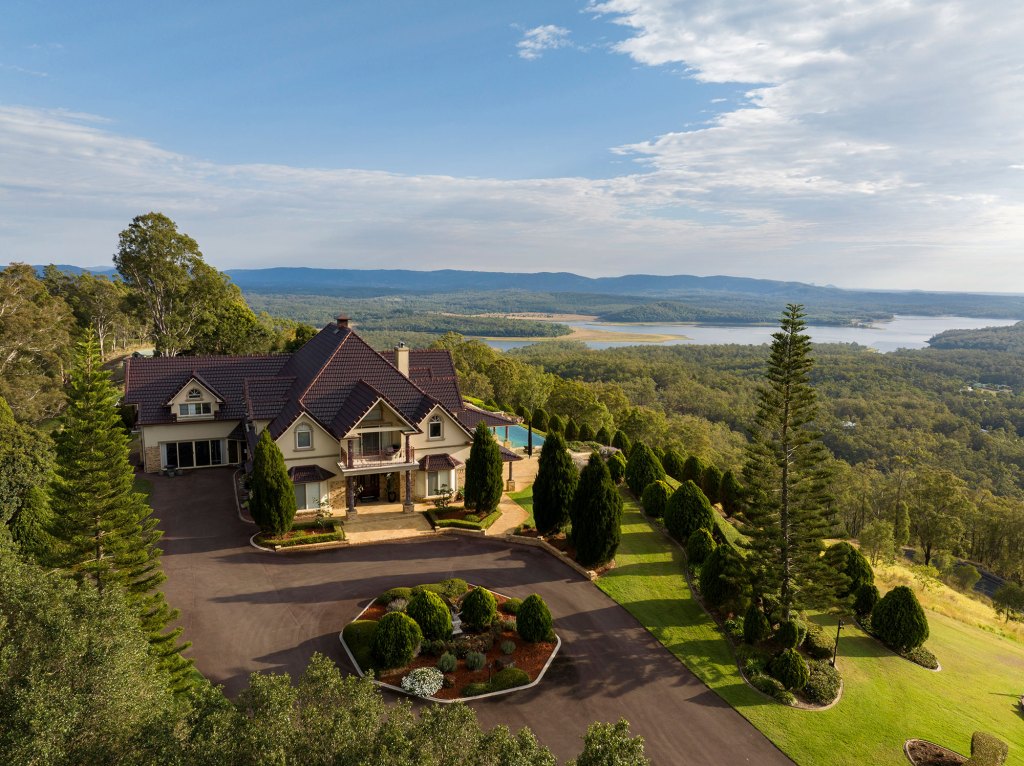
The luxury rehab she created – which now charges $120,000 for a four-week stay – has seen a 684% increase in inquiries for stress and burnout, Limkin says, and is benefitting from the fact that similar facilities in Europe charge 100,000 euro a week. “I have had doctors from Singapore refer to The Banyans because their patients were paying $1 million monthly to go to Europe.”
The Bay luxury rehab, 180km to the south, handles even fewer clients. Dave Godden, psychologist and owner of The Bay, has three large anonymous houses in the Byron Bay hinterland to handle a maximum of three patients at a time – one per house.
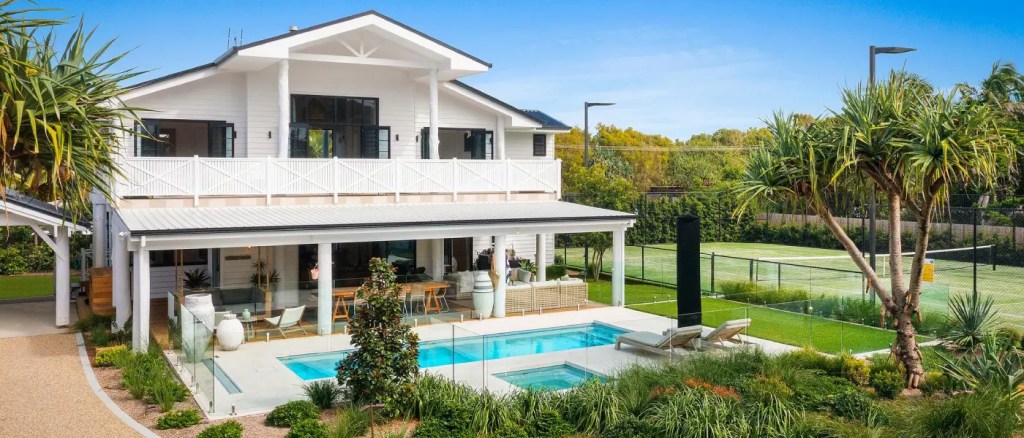
“The clients who come to us will never see another client,” says Godden. “And that’s why they like it. They can be assured of complete anonymity. There are a lot of people who just can’t go into a group program because, try as they may to maintain confidentiality, once people leave that program, they talk about who was in there.”
The Bay charges $180,000 for four weeks and isn’t short of demand, says Godden.
The Bay has 35 staff servicing those three houses. “The people that are coming here have the resources to afford it. They’re looking for something personalised. The focus of our program is outcomes. And when you have one person being treated by full-time psychiatrists, a GP and psychologists, you get good outcomes.”
He said that while The Bay offered gene therapy, acupuncture, massage, yoga and all the wellness hacks that Byron Bay is known for, “if we tried to sell a program at that cost based on navel-gazing, we wouldn’t be in business”.
Horses for rehab course
The clients Limkin imagined for The Banyans back in 2016 were at the very top end of the market, so cost didn’t keep a tight rein on their dreams. There’d be ten private ensuite rooms, filled by people who could never share their stories in group therapy – like C-suite executives from listed companies, celebrities or judges. But they would meet and bond in communal areas.
“When a C-suite leader gets to the point where they say, ‘I need help’, if you make them wait for three weeks, they won’t get help.”
Banyans CEO Ruth Limkin
“Because it’s privately funded – it’s not about health insurance rebates – we didn’t have someone saying, ‘Oh, you can only do this many hours of this kind of therapy’. It meant we could get a whole multidisciplinary team and say, ‘What’s the ideal to help someone recover from depression or anxiety or drinking too much, or whatever, and help them find purpose and excitement for life again.”
On top of the full-time psychologists, psychiatrists, nurses and a GP, they came up with mindfulness coaching, a nutritionist, exercise physiologist, a sleep doctor, music therapy, art therapy and equine therapy – using horses as a recovery tool.
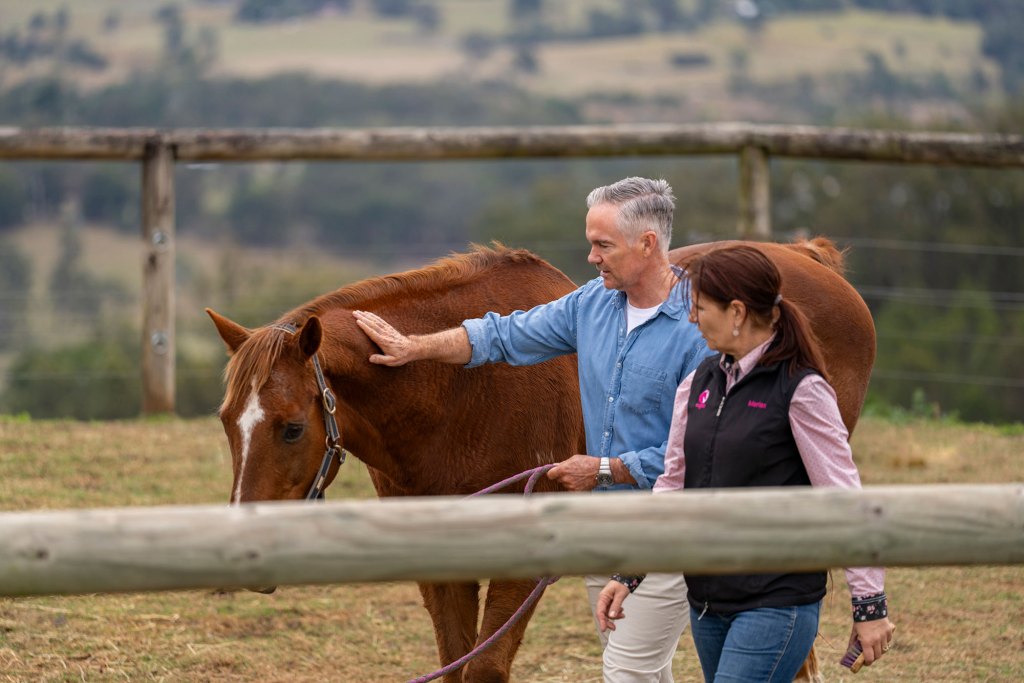
“Our horses are the highest maintenance staff, always needing their teeth and nails done,” says Limkin. “But they’re wonderful parts of our therapy team.”
Limkin knew nothing about horses, but soon learned. “Horses are very attuned to what’s going on – they can pick up our heartbeat. They can see how quickly we’re breathing if we’re anxious and respond to that. It’s really hard to put a mask up when you’re engaging with a horse.
“But it’s also a therapy where you don’t have to just sit and talk with someone. We do the traditional psychology consultations, but clients get to use the horses as a metaphor. Interestingly, sometimes, different horses will represent work colleagues, a work situation, or family members.
“Horses have a much slower breathing rate. For patients with anxiety or PTSD, we say put your hand on the horse and match your breathing to it. They start to slow down their breathing and reduce that anxiety. Next time they’re in a situation where there’s high anxiety, they can just go back to that memory of putting their hand on the horse, and it helps them slow their breathing down.”
They got all these ducks lined up in 2016: the magnesium infinity pool, the program of 14-weekly appointments with clinicians, and meals designed with the nutritionist. They opened the doors in 2016 and were flooded with the sound of silence. Initially charging around $100,000 (now $120,000) for four weeks, it took two months before they saw their first client.
Queensland was in the middle of a property shakeout, and many of the first customers to come through the door owned construction companies, says Limkin. However, the rooms gradually filled as the word spread across various industries. “There was a lot of alcohol and cocaine … it was often self-medicating undiagnosed mental health conditions, whether that’s long-term depression, whether it was bipolar, people are just doing the best they can to get through life, and the easiest option is to head to the bottle shop on the way home.
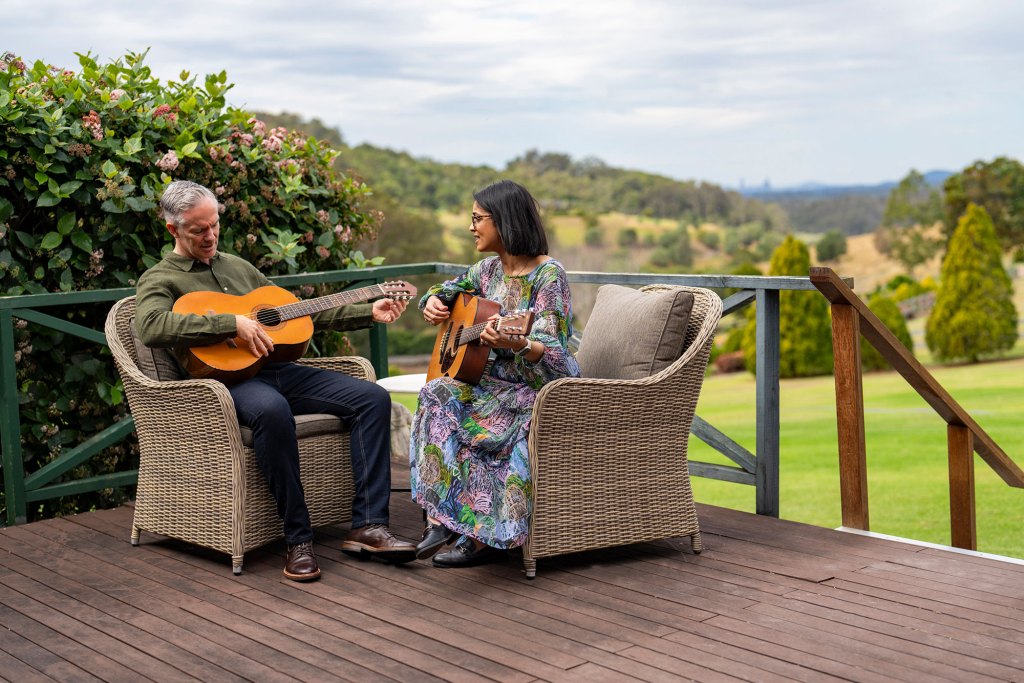
“A lot of professional women in their 40s and 50s with, again, that wine-o’clock culture. One of the clients who was with us not long ago, a very capable professional woman, ran three companies and largely worked from home. She would open her first bottle of wine at 9 am when she sat down and opened her laptop to start work. She had two bottles by the time she went to pick the kids up from school, and she polished off a third each night.
“You would never know talking to her, though, because she’d been drinking so much for so long, she was able to appear very functional and was doing well. But that level of alcohol creates a whole lot of physical and emotional health problems and then starts to create relationship stress that snowballs.
“Cocaine and alcohol often go together, and there’s a lot of alcohol in business networking. We’re finding a lot of our business clients who are using cocaine have had undiagnosed ADHD. Cocaine’s helping level them out and focus, but this is an area of speciality for one of our psychiatrists, Dr Sampath Arvapalli.
“Once you help someone discover why it is they’re using substances and you either provide appropriate medication or different tools, then that starts to make a big difference in their life.”
The Banyans uses genetic testing as the foundation for its treatment, says Limkin, enabling the drugs and the food to be tailored to the clients’ genes. “But the most luxe part of this is that each guest who comes along will have 14 individual clinician appointments weekly. And those clinicians talk daily to each other about how to keep improving the health and well-being of each guest. We actually put the person at the centre of healthcare rather than the practitioners. That takes a lot of hard work and costs a lot of money – but it’s transformational.”
Godden at The Bay says business has been steady over the past 18 months.
To his knowledge, no one else in Australia is offering a similarly insular one-on-one program, Godden says. However, The Bay is exploring the possibility of incorporating a separate centre into its program and is seeking investors to back the expansion.
The Banyans, meanwhile, has responded to growing demand by adding a new four-bedroom house to its offering, near its existing Samford Valley facility. “We’ve had waiting lists for months,” says Limkin. “And when a high-level leader, C-suite leader, gets to the point where they say, ‘I need help’, if you make them wait for three weeks, they won’t get help. We needed a way to open more beds and reduce this waiting list. So, we’ve got a beautiful second residence now. It’s smaller, but same program, same amazing clinical care.”
When a highflyer finds the bottom
A case study written for Forbes Australia by the owner and managing director of a multinational companya who booked himself into The Banyans.
The problem manifested over time, waiting silently, patiently, and looking back now, quite gradually. As a child, I always felt I never quite fitted in, like being a round hole in a square peg or born on the wrong planet without an instruction manual.
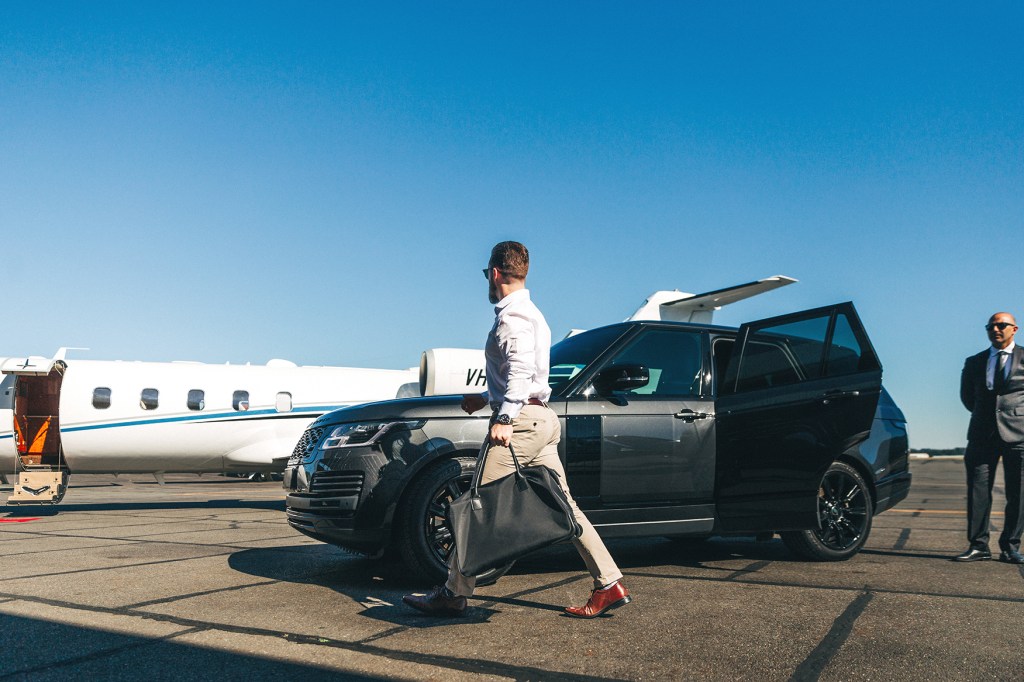
I found the solution in my late teens that alcohol or a few beers after work suddenly changed my perception of myself and others around me. I fitted in, I was the life of the party, I was confident, and drinking dissolved any feeling of inferiority.
Of course, I never showed this deep discomfort in myself to anyone while I was sober as I was an employer. I was hardworking – fair, but firm – it was like I used to put a mask on at work and take it off when I got home.
Gradually, as success and fortune came my way, so did my capacity to consume more alcohol. Deals became done over a drink in the bar, golf club, boat, or jet plane. As my capacity grew to tolerate copious amounts of alcohol without seeming intoxicated, I used this skill to extract information from colleagues. “A drunken man’s words are often a sober man’s thoughts” became my motto.
I specialised in buying, restructuring and selling companies in various industries. I thought an alcoholic was a man on a park bench, homeless, drinking out of a brown paper bag in an overcoat.
I guess my “bottom” was when I realised it was me drinking in a park on a bench at night [drinking] out of a brown paper bag with an overcoat on.
I still had my business, several houses and cars, and enough financial security to see my life out and my children’s. My ex-wives had long gone, but my children had not lost respect for me. They could see I loved them and wanted to stop my drinking.
But, by now, I needed to drink. My life consisted of several beers for breakfast before I could function or eat – my fear of running out of alcohol consumed all other important values in my life. I could see where I was going physically and mentally, coupled with that terrible guilt of seeing my children slowly lose confidence in my inability not to drink. That was the most frightening of all.
By now, I had two problems: a stopping and a starting problem. I was aware a long time before I reached out for help that if I took one drink, I was off like a downhill lorry without brakes.
Finally, I realised I could not stop or stay sober on my own and had to pocket my pride, admit defeat and ask for professional help. It was hard coming to that conclusion, and then I made the decision to research a suitable place to help me. I went to various rehabilitation places all over the world, some good, some not so. But I kept trying, and that’s what saved my life. Addiction is the only prison cell where the keys are on the inside.
re you – or is someone you know -creating the next Afterpay or Canva? Nominations are open for Forbes Australia’s first 30 under 30 list. Entries close midnight, July 15, 2024.
Look back on the week that was with hand-picked articles from Australia and around the world. Sign up to the Forbes Australia newsletter hereor become a member here.
